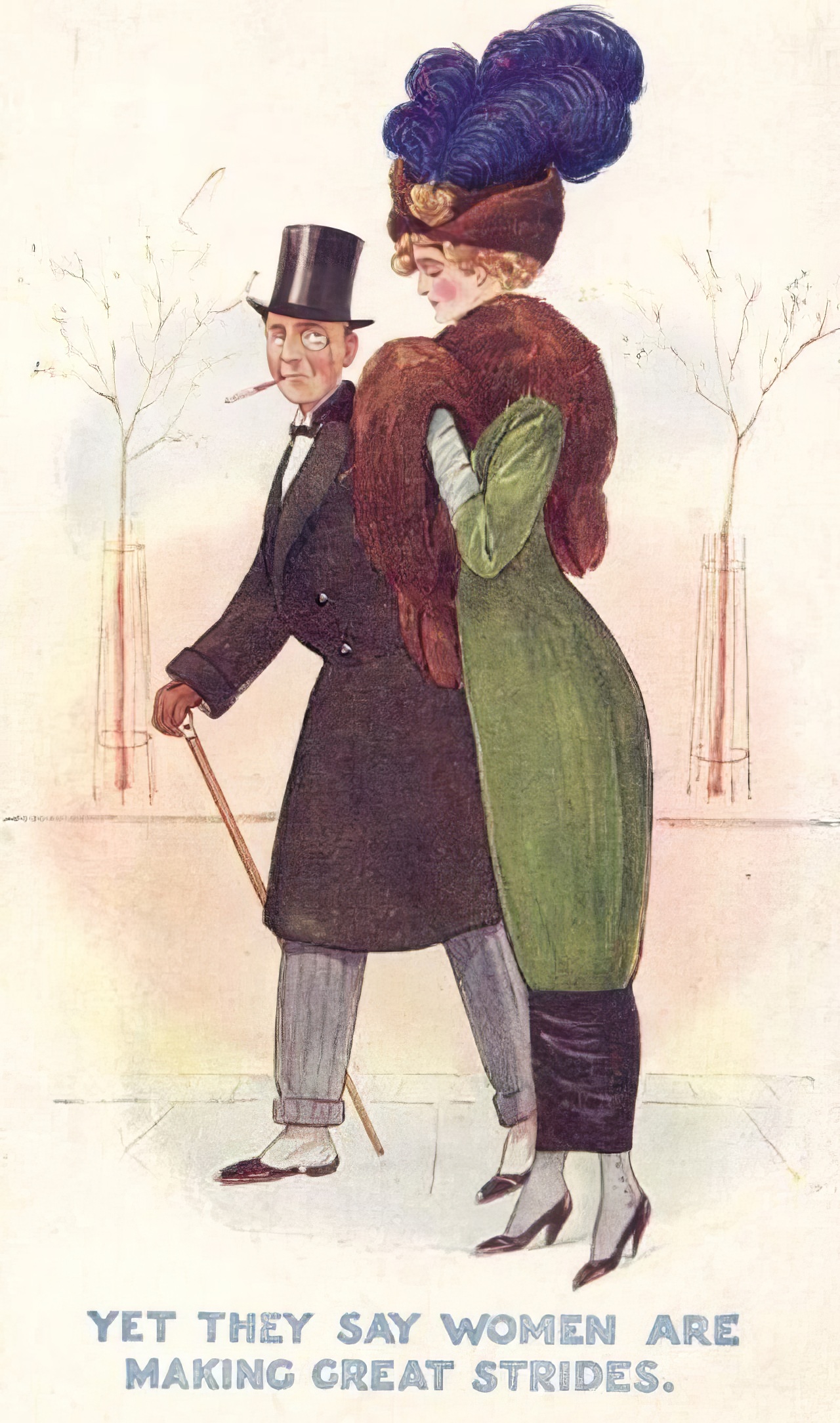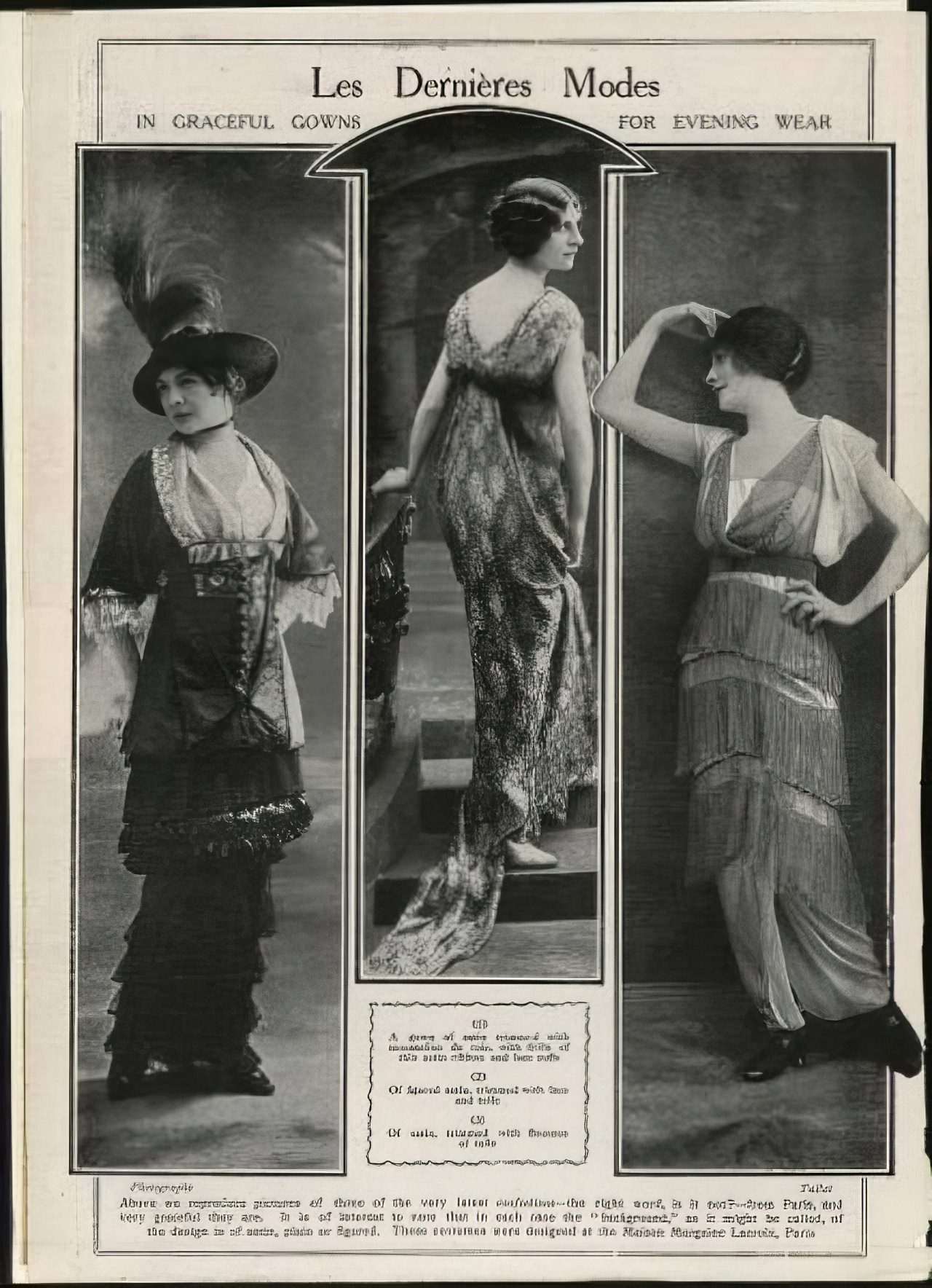The early 1900s saw a dramatic shift in women’s fashion when e a new silhouette, slimmer and sleeker, called the Hobble Skirt made its entrance. It was so restrictive that it forced women to take tiny steps, like a horse with a hobble (a restraining device).
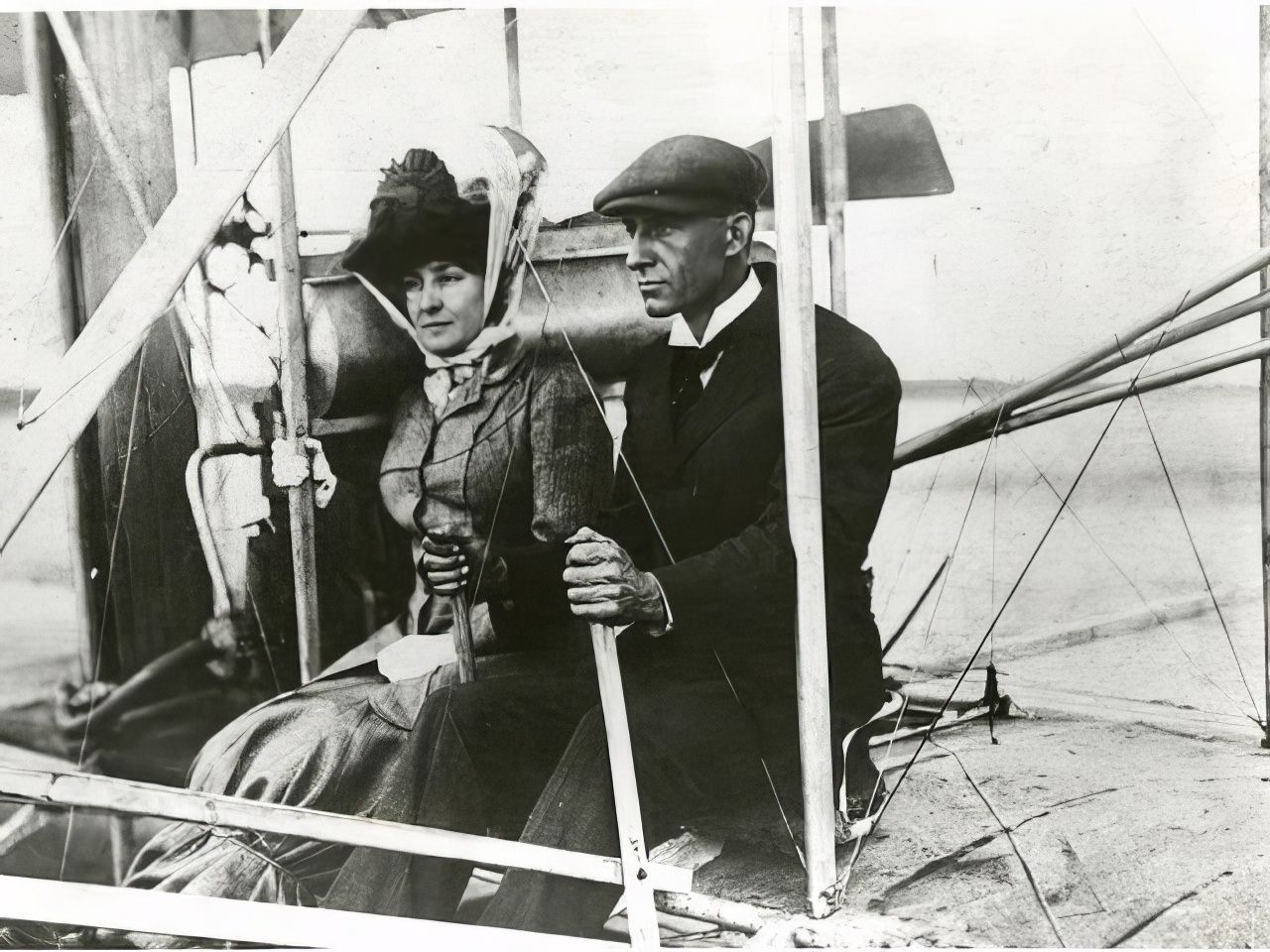
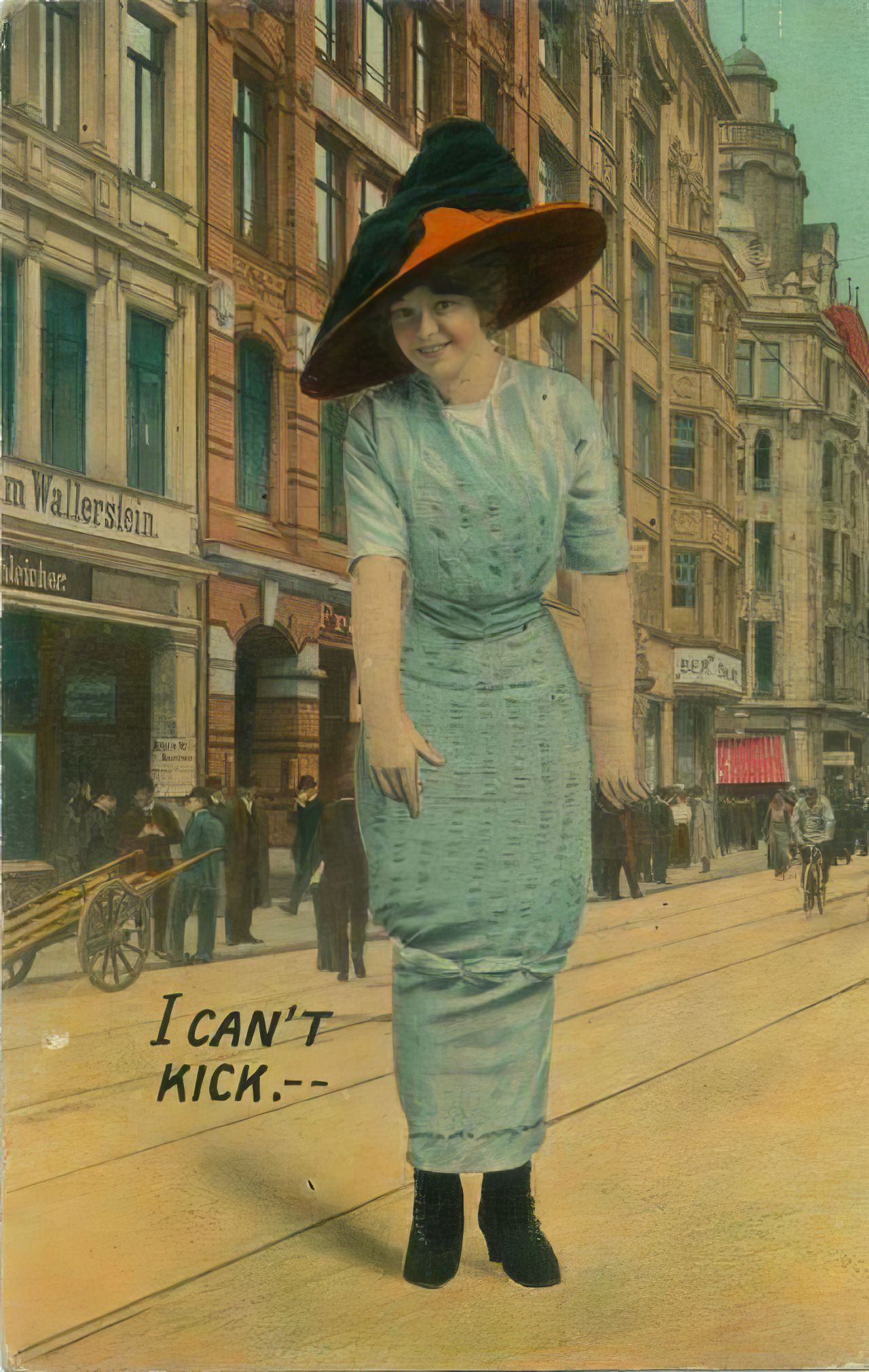
The exact origin of the hobble skirt is unclear. Some credit French designer Paul Poiret, while others claim it was a natural progression from the steadily narrowing skirts of the previous decade. Regardless, by 1908, the hobble skirt was all the rage.
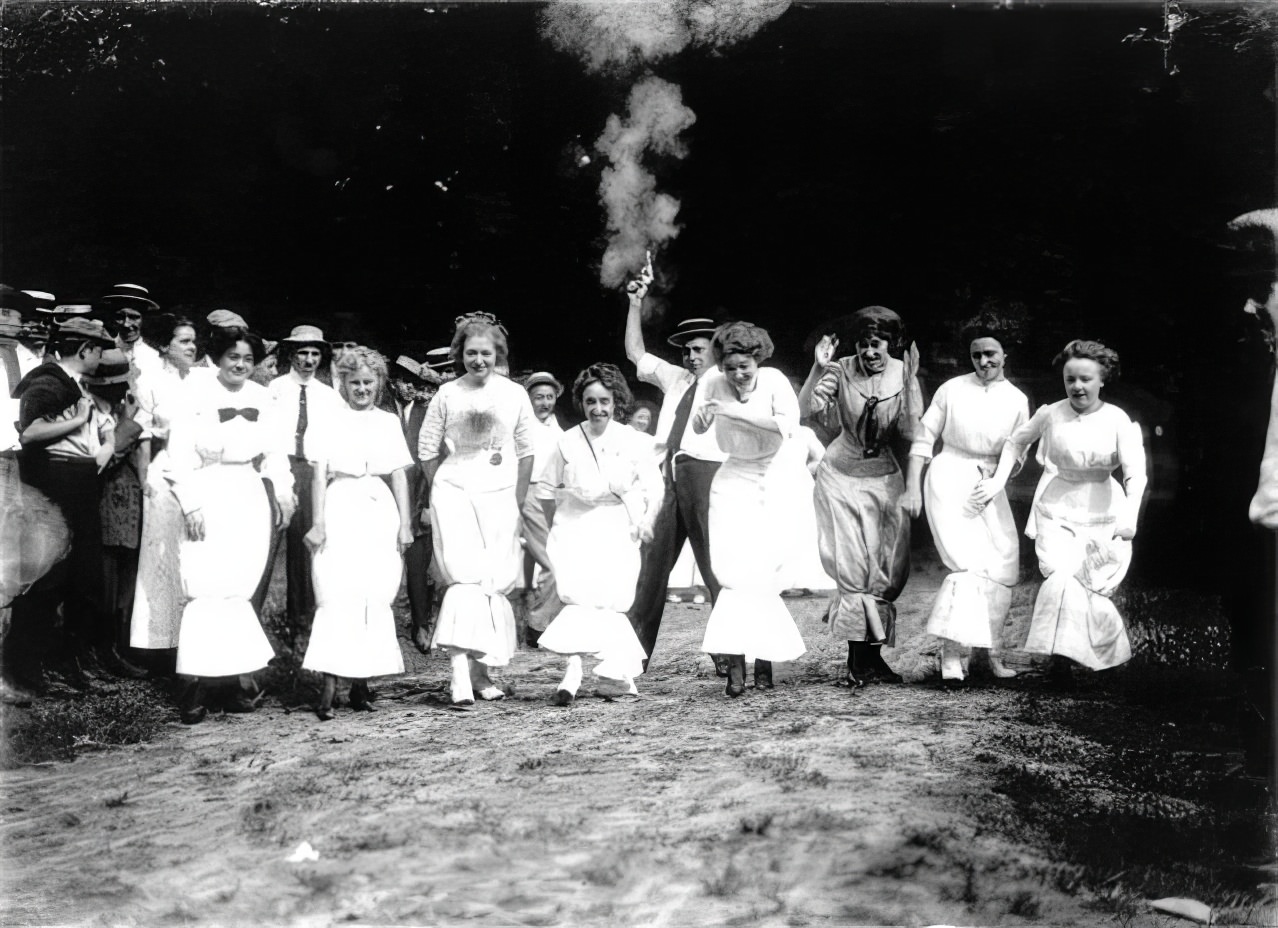
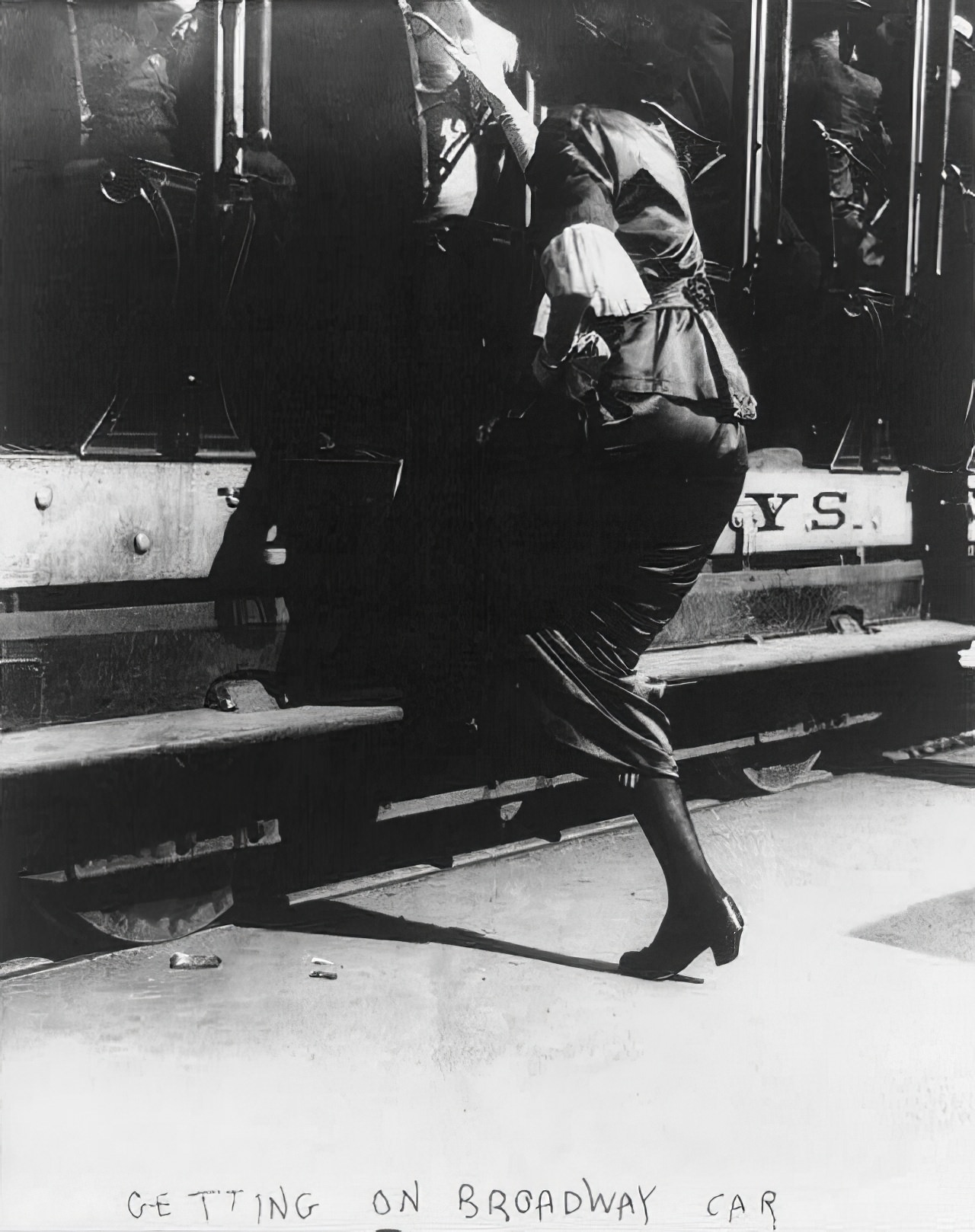
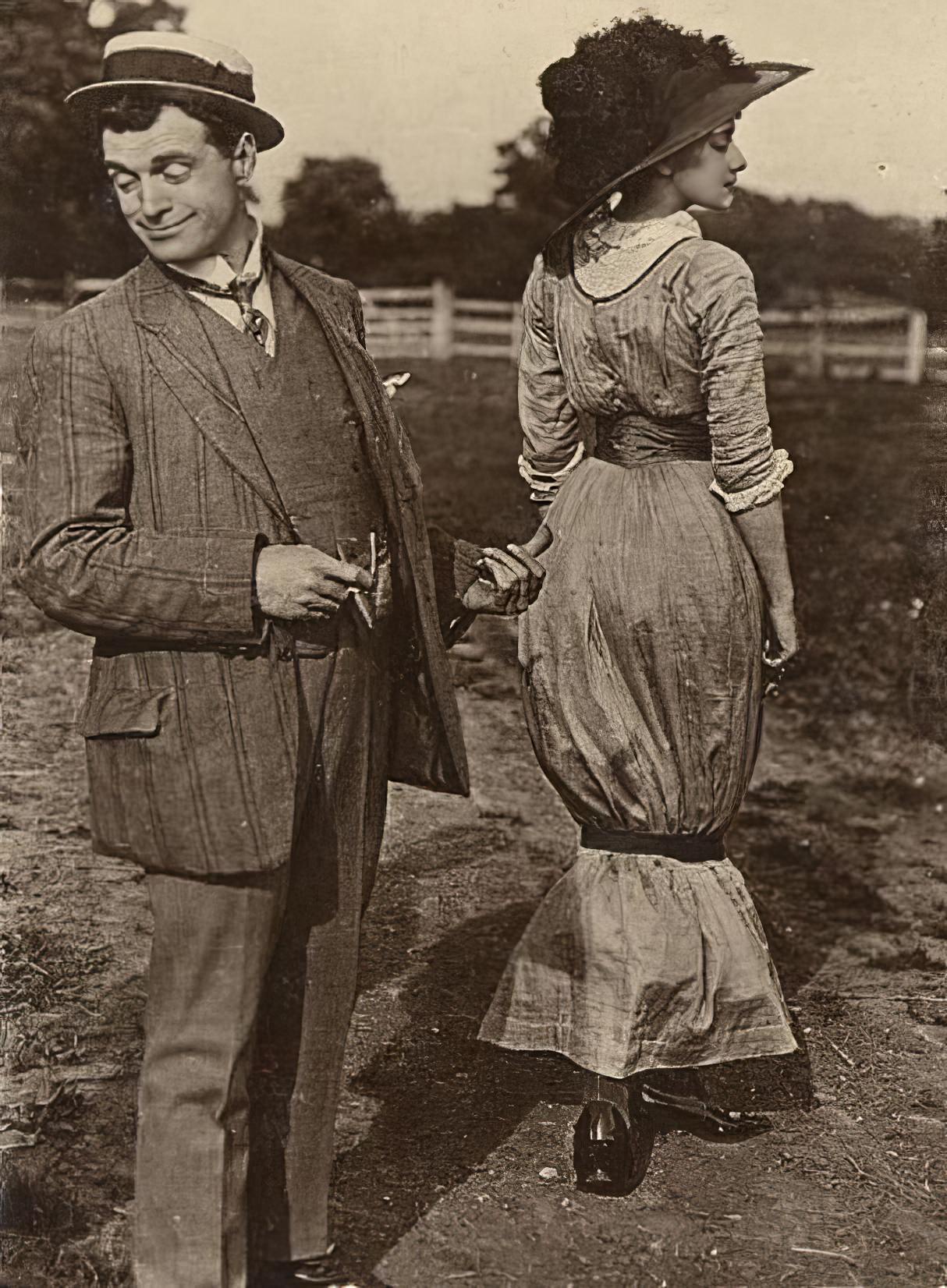
These skirts were crafted from luxurious fabrics like silk and satin. The key feature was the hem, which drastically narrowed below the knee. Sometimes a panel in the back extended down to the floor, creating a dramatic train, but always restricting the wearer’s stride. To achieve this shape, women often wore layers of undergarments, including special petticoats with ties or springs to hold the fabric taut.
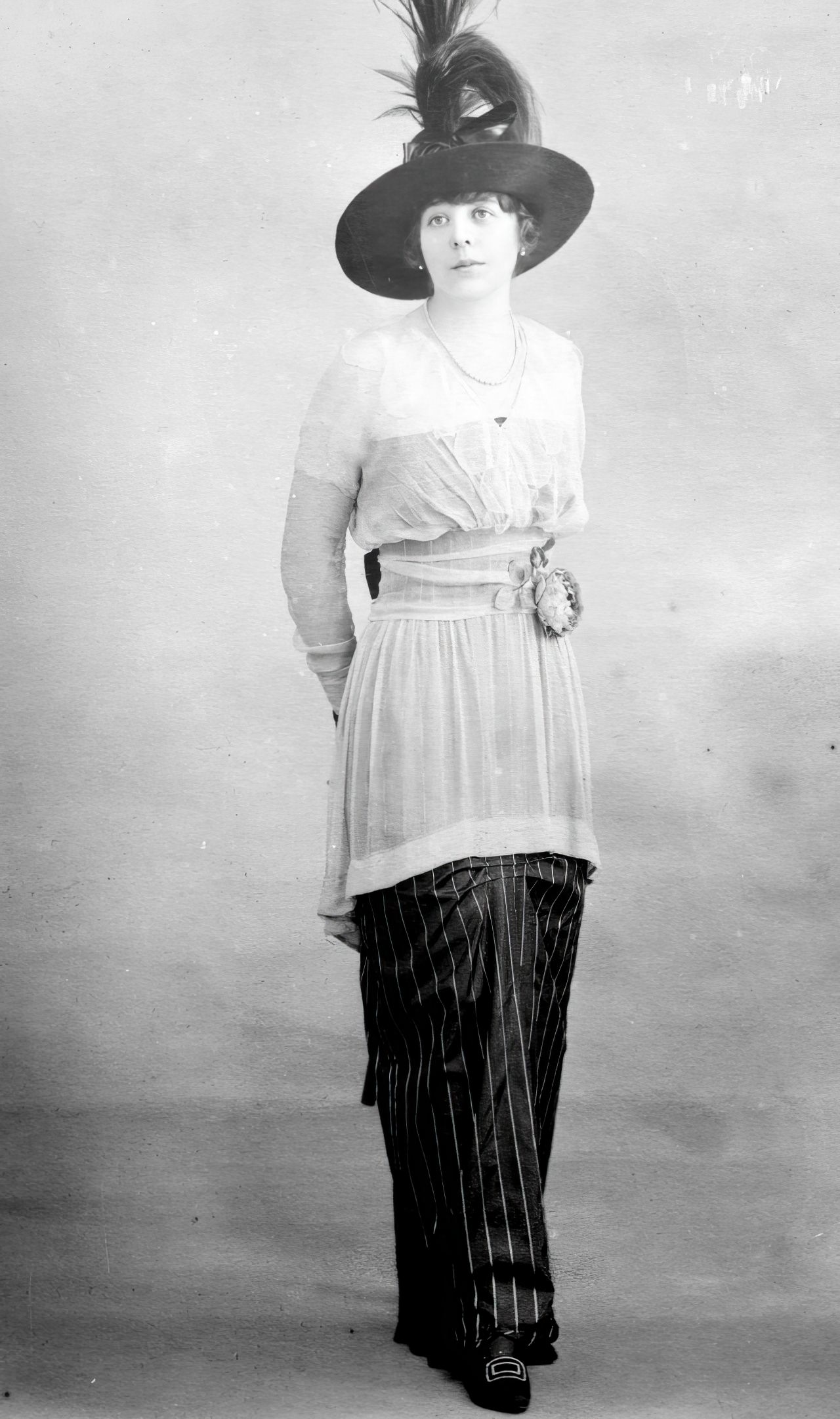
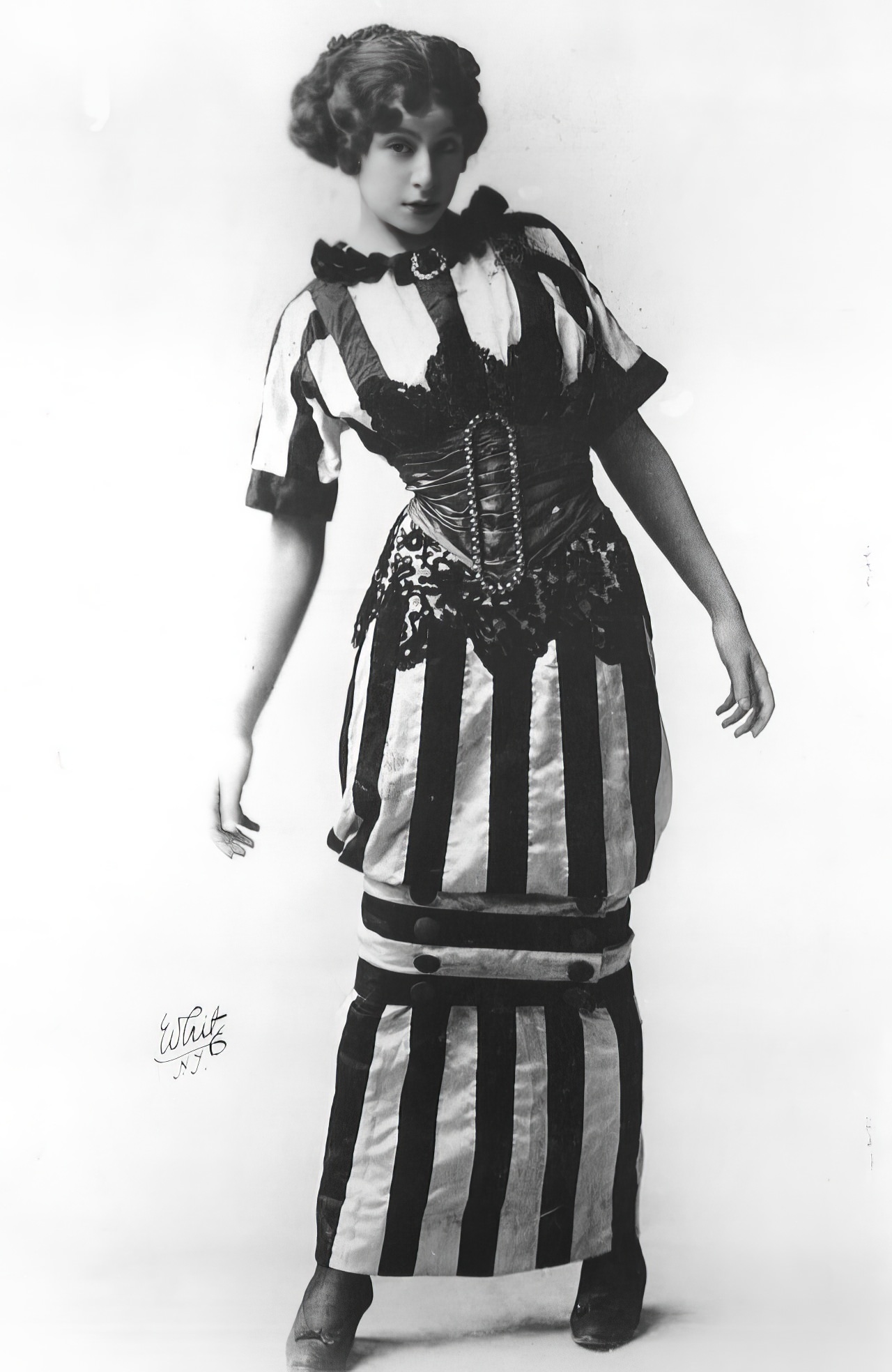
Hobble skirts were a bold statement. They revealed a woman’s ankles and calves, shocking some in a time when such features were rarely seen. This glimpse of skin was considered daring, even scandalous.
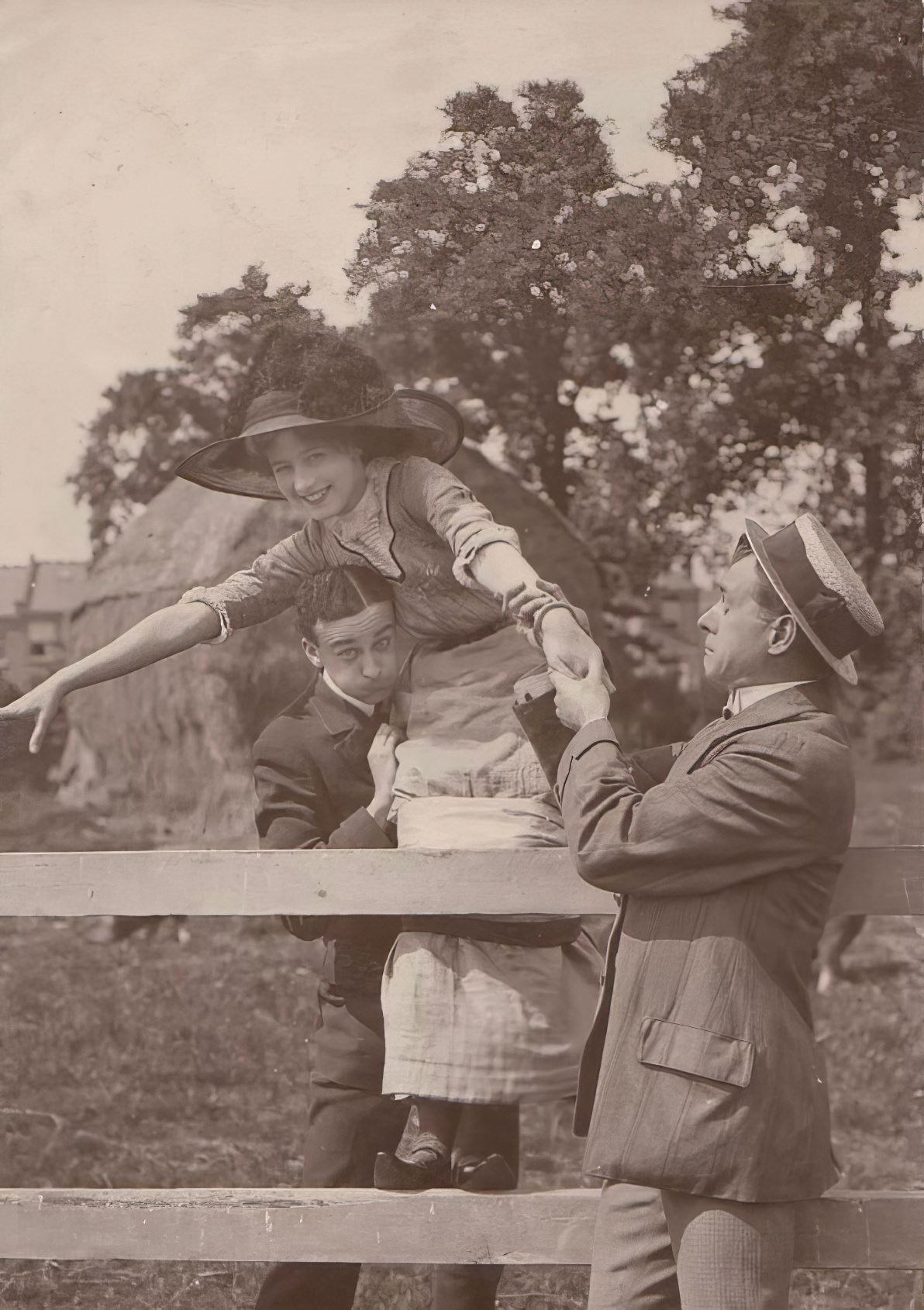
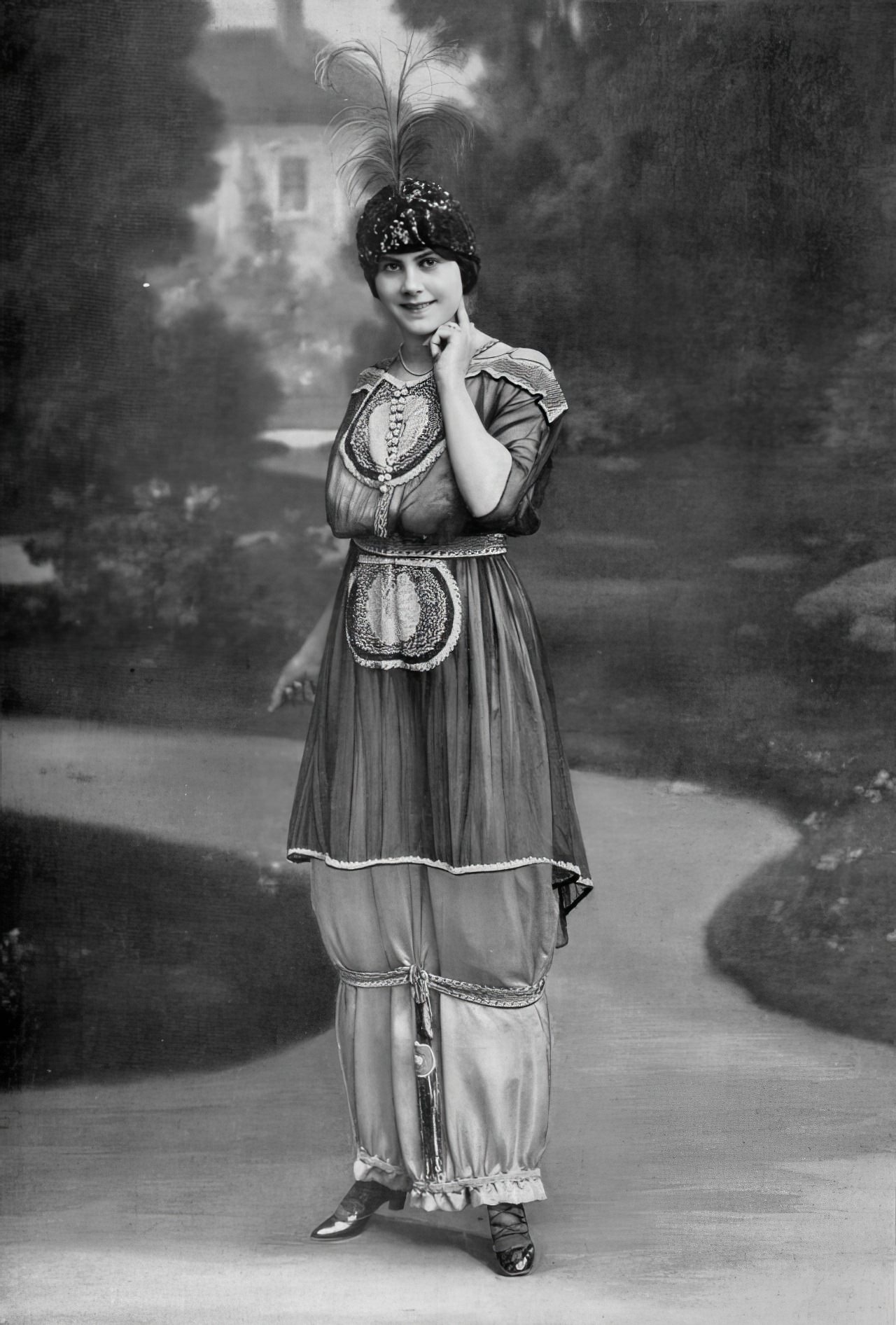
The impracticality of the hobble skirt was undeniable. Taking stairs, entering carriages, and even walking at a normal pace became a challenge. Cartoons and postcards poked fun at the awkward gait the skirts required. Newspapers reported on “hobble skirt races” – a novelty competition highlighting the limitations of the garment.
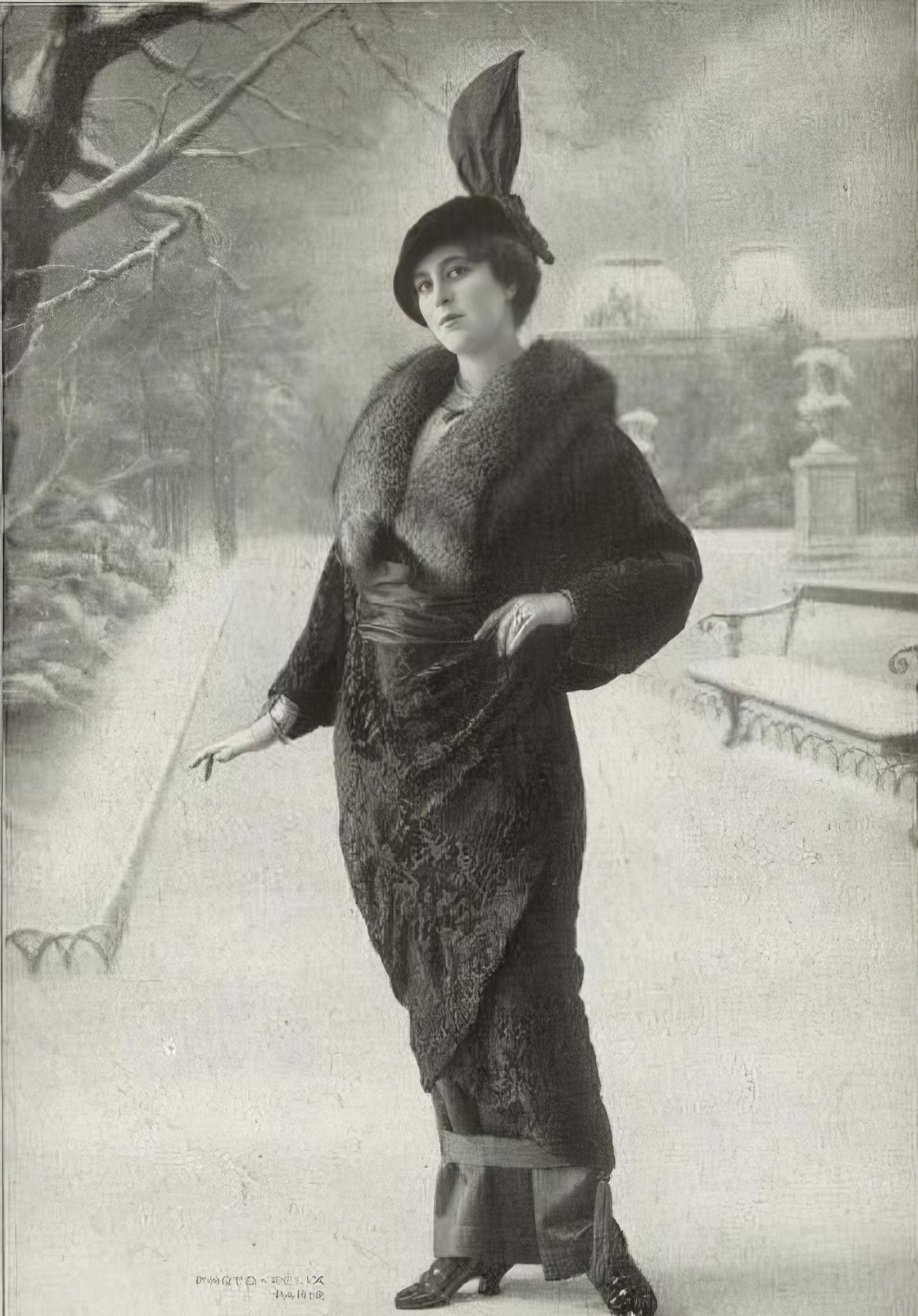
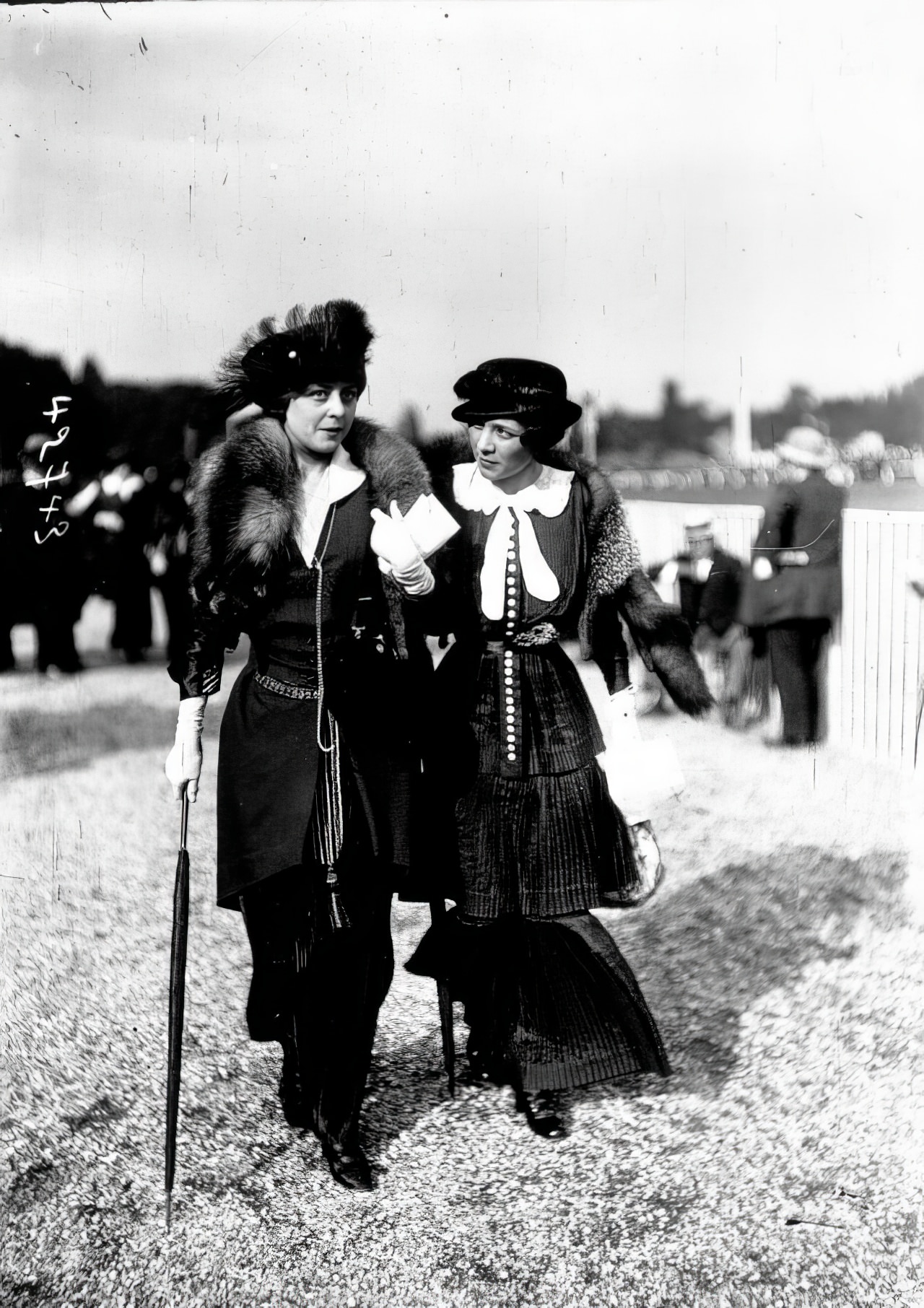
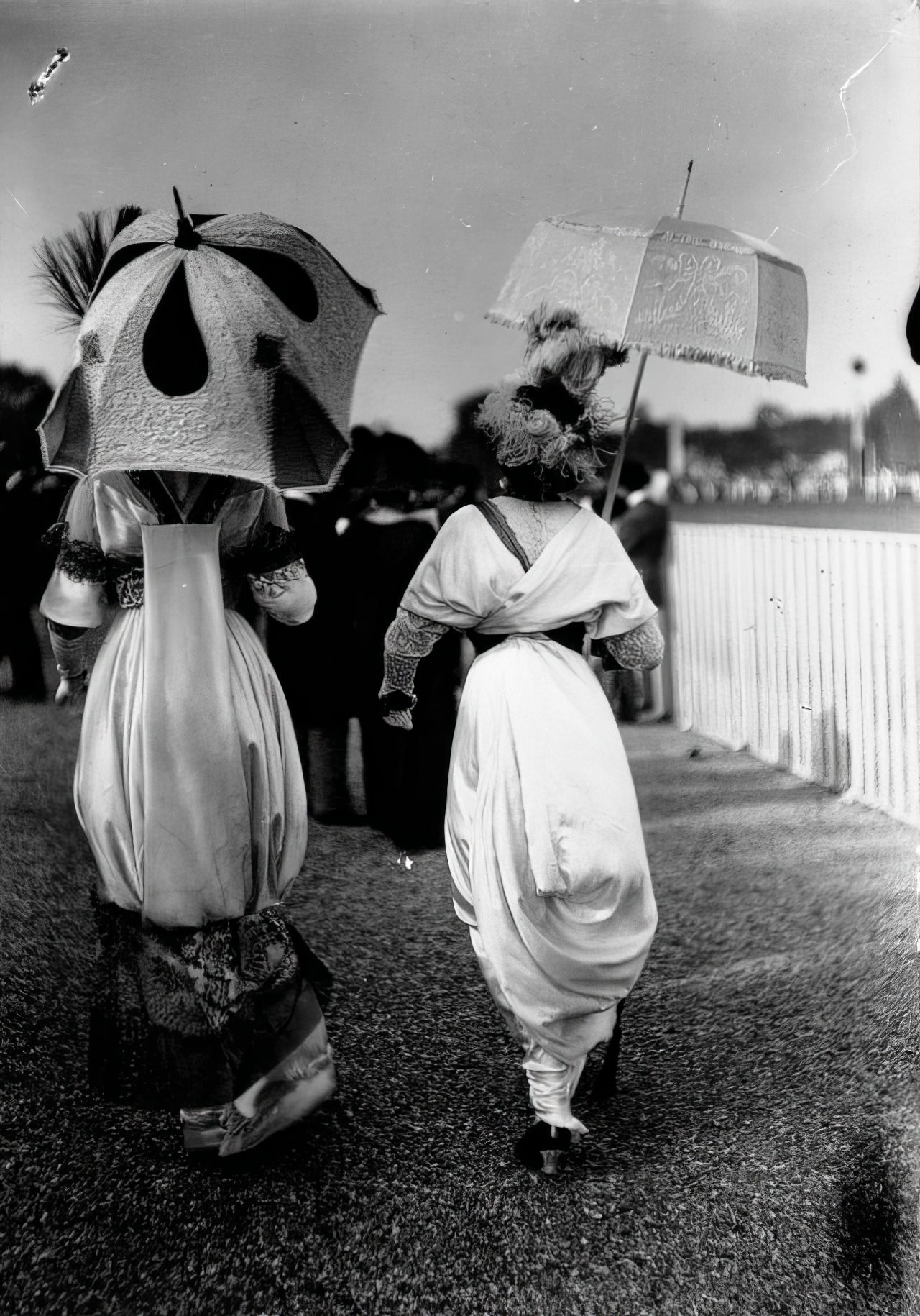
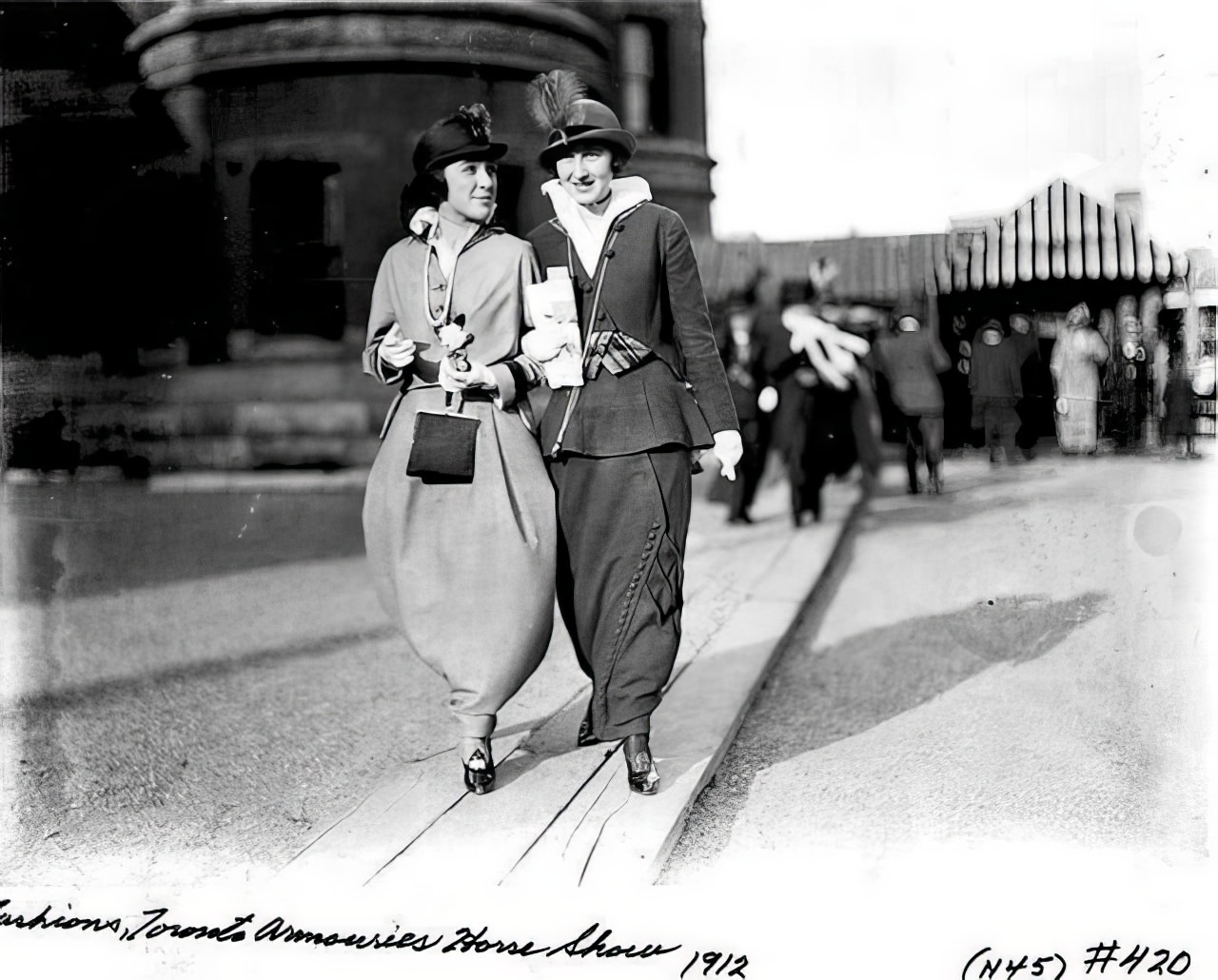
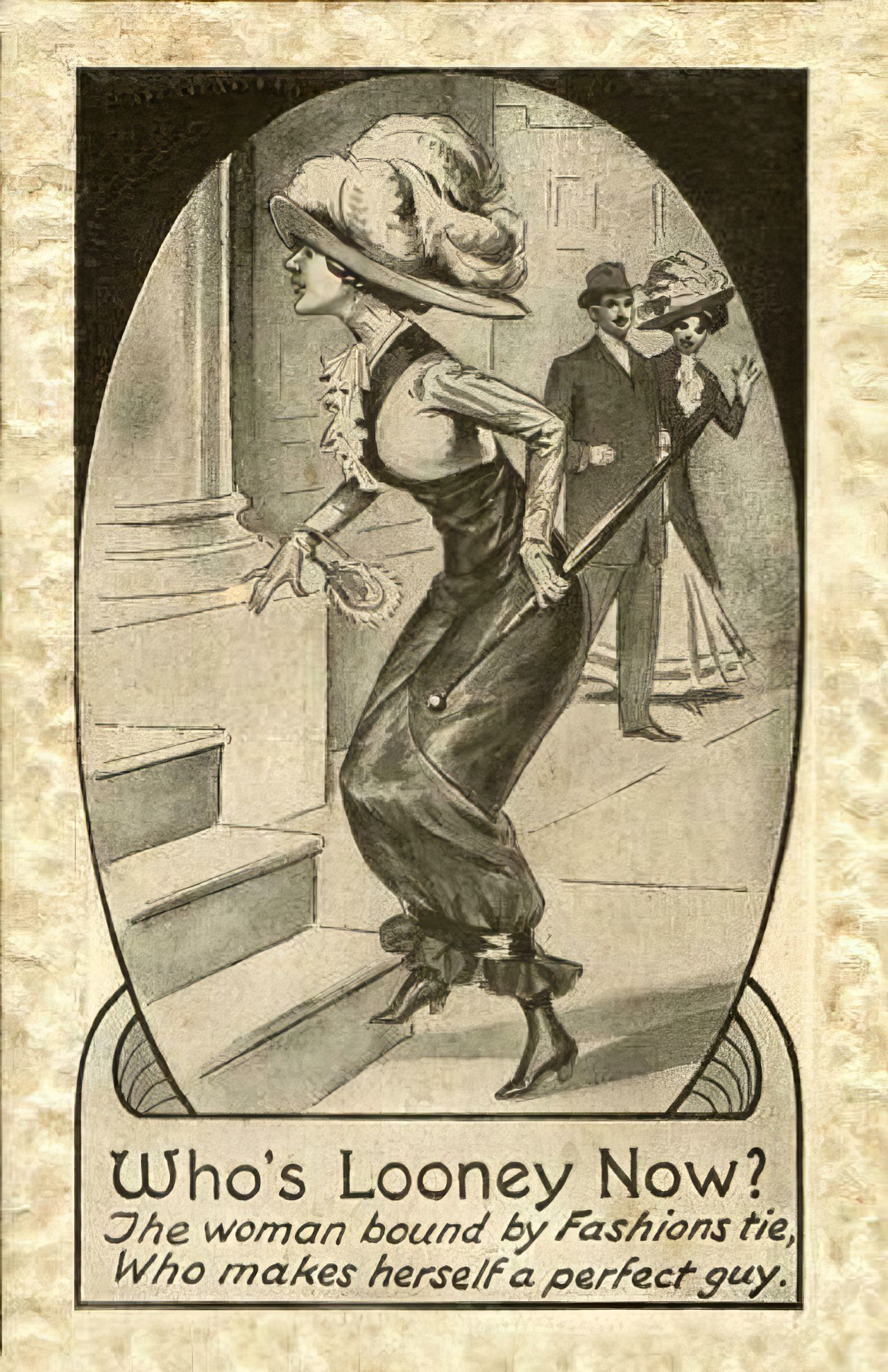
Despite its drawbacks, the hobble skirt remained popular for a few years. But its reign was cut short by World War I. The wartime focus on practicality and fabric conservation made the hobble skirt seem frivolous. Women needed clothes that allowed them to work in factories and volunteer for the war effort. The hobble skirt, designed to restrict movement, simply didn’t fit the times. By the 1920s, the hobble skirt was a distant memory.
